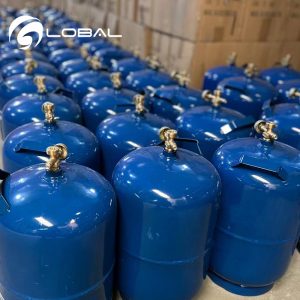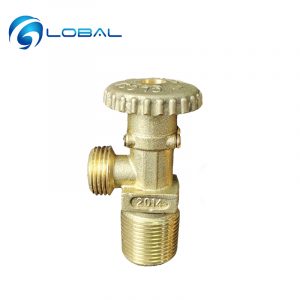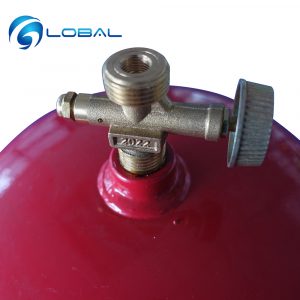LPG cylinder valve
Showing 1–12 of 15 results
LPG gas cylinder valves are designed to regulate the flow of gas from the cylinder to the appliance, and they vary in design and functionality depending on the country.
In Europe, liquefied petroleum gas (LPG) cylinders usually have a POL valve, which stands for “Prest-O-Lite.” This type of valve is threaded and connects directly to the cylinder. It is commonly used for domestic and commercial applications and can be found in countries such as France, Germany, and Italy.
In Ukraine, liquefied petroleum gas (LPG) cylinders generally use a valve known as the GOST valve, which is a standardized valve used in many countries of the former Soviet Union. This valve has a threaded connection and is similar in design to the POL valve used in Europe.
In South America, LPG cylinders commonly use a valve known as the Argentinean valve, which has a left-hand thread and connects directly to the cylinder. This type of valve is widely used in countries such as Argentina, Chile, and Uruguay.
In Iraq, LPG cylinders typically use a valve known as the DIN valve, which is a standardized valve used in many European countries. This valve has a male thread that connects directly to the cylinder and is often coupled with a regulator that attaches to the valve.
In Africa, there is a wide variety of LPG cylinder valves used throughout the continent, with some countries adopting standardized valves and others using proprietary designs. In Nigeria, for example, LPG cylinders commonly use a valve known as the Nigerian valve, which has a special design that is unique to the country.
In summary, the design and functionality of liquefied gas cylinder valves vary depending on the country, but they are all designed to ensure the safe and efficient delivery of gas to appliances.


















